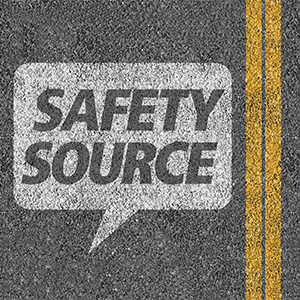UnitedHealthcare Heart Tip
Healthy Heart
Discover what heart disease is, heart attack warning signs and how to keep a healthier heart.
What is heart disease?
Heart and blood vessel diseases make up cardiovascular disease also known as heart disease. Heart disease includes conditions that damage the heart such as:
- Coronary artery disease
- Heart attack
- Congestive heart failure
- Congenital heart disease
- Stroke
How common is heart disease?
- Every 40 seconds someone in the U.S. dies of a stroke, heart attack or other cardiovascular disease.
- Eighty percent of all heart disease and strokes could be prevented if people exercised more, ate healthier and stopped using tobacco.
- Heart disease remains the #1 cause of death in the U.S. for men and women.
- Cardiovascular disease, listed as the underlying cause of death, accounts for nearly 836,000 deaths in the U.S. each year. That’s about 1 out of every 3 deaths .
Risk factors for heart disease:
- Having high blood pressure defined as having a systolic blood pressure reading between 130 and 139 mmHg or a diastolic reading between 80 and 89 mmHg
- Having high cholesterol defined as over 200 mg/dL
- Having diabetes
- Being overweight defined as having a body mass index (BMI) measurement over 25
- Your hereditary background

Heart attack warning signs:
Heart and blood vessel diseases make up cardiovascular disease also known as heart disease. Heart disease includes conditions that damage the heart such as:
- Chest discomfort
- Discomfort in other areas of the upper body
- Shortness of breath
- Cold sweat
- Nausea
- Light headedness
If you, a loved one, friend or someone you witness is experiencing any of these symptoms, call 911 and get help.
To help keep a healthier heart:
To maintain or improve your heart health, do the following:
- Exercise regularly by aiming for 30 minutes of moderate physical activity on most days of the week
- Eat a heart-healthy diet rich in whole grains, fruits and vegetables
- Maintain a healthy weight
- Manage your blood pressure
- Take control of your cholesterol
- Keep blood sugar at healthy levels
- Don’t smoke
- Manage stress
- Establish a relationship with a primary care physician, know your health numbers (BMI, blood pressure, cholesterol and glucose) and follow your doctor’s advice
UnitedHealthcare Health Tip
Sources:
American Heart Association, “Heart Disease and Stroke Statistics 2018 At-a-Glance.” Centers for Disease Control and Prevention: www.CDC.gov.
The information provided in this flier is for general informational purposes only and is not intended nor should be construed as medical advice. Individuals should consult an appropriate medical professional to determine what may be right for them.
Facebook.com/UnitedHealthcare | Twitter.com/UHC | Instagram.com/UnitedHealthcare | YouTube.com/UnitedHealthcare
M57233-G 7/19 ©2019 United HealthCare Services, Inc.




